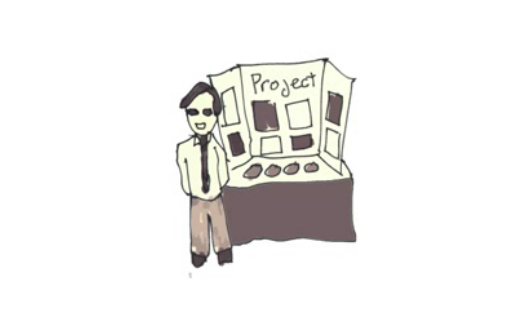The term “project-based learning” gets tossed around a lot in discussions about how to connect students to what they’re learning. Teachers might add projects meant to illustrate what students have learned, but may not realize what they’re doing is actually called “project-oriented learning.” And it’s quite different from project-based learning, according to eighth grade Humanities teacher Azul Terronez.
Terronez, who teaches at High Tech Middle, a public charter school in San Diego, Calif says that when an educator teaches a unit of study, then assigns a project, that is not project-based learning because the discovery didn’t arise from the project itself. And kids can see through the idea of a so-called “fun project” for what it often is – busy work. “They don’t see it as learning; they see it as something else to do,” said Terronez. “They don’t see the value.”
For Terronez, the goal is to always connect classroom learning to its applications in the outside world. He’s found that when the project is based in the real world, addressing problems that people actually face, and not focused on a grade, students are naturally invested. “If you inspire them to care about it and draw parallels with their world then they care and remember,” he said.
It takes a lot of diligent planning by the teacher to design projects that give students space to explore themes and real-world resonance to make it meaningful for them. And it takes trust in the students, as well.
When Terronez assigns a writing project, it’s rarely just for a grade. Rather, the goal of the assignment is to be published in an anthology or in some other way relevant to the world around them.

